180 Bass Pro Mills Drive
Concord
Ontario L4K 0G9
180 Bass Pro Mills Drive
Concord
Ontario L4K 0G9
"The products (energy chains and chainflex cables) offered us a reliable solution for connecting the fixed supply points on the ground to the moving platforms. The special cables allow flexible movements without damage and extend maintenance intervals."
- Attila Lukacs, GEPBER-Szinpad Kft.
"During our discussions, the igus sales representative drew our attention to the e-spool flex solution."
- MECAoctet
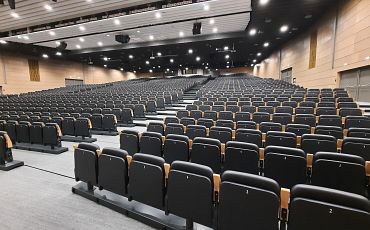
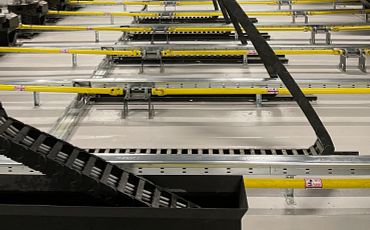

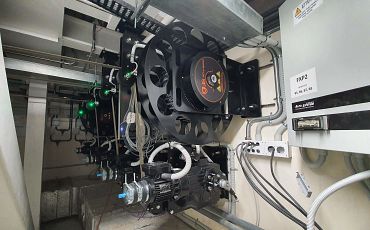
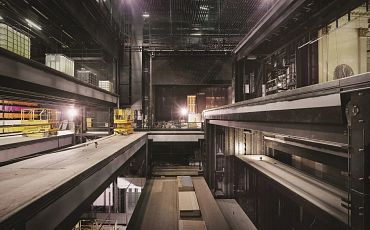
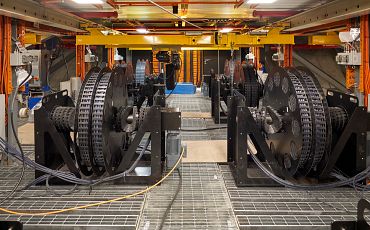
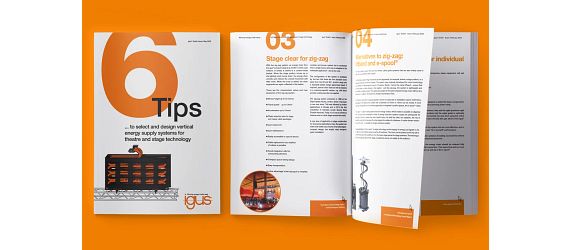
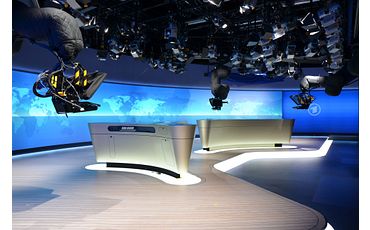
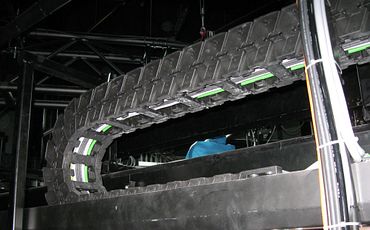
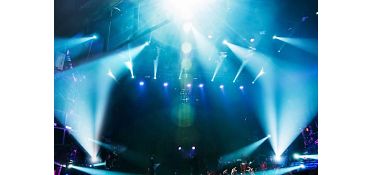
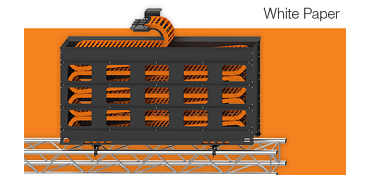
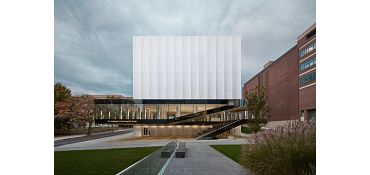
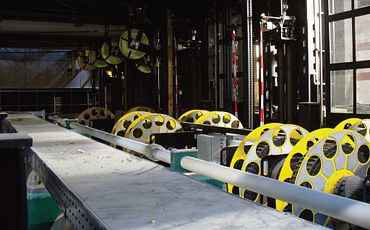
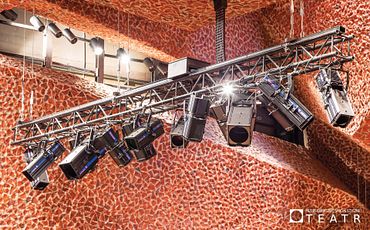
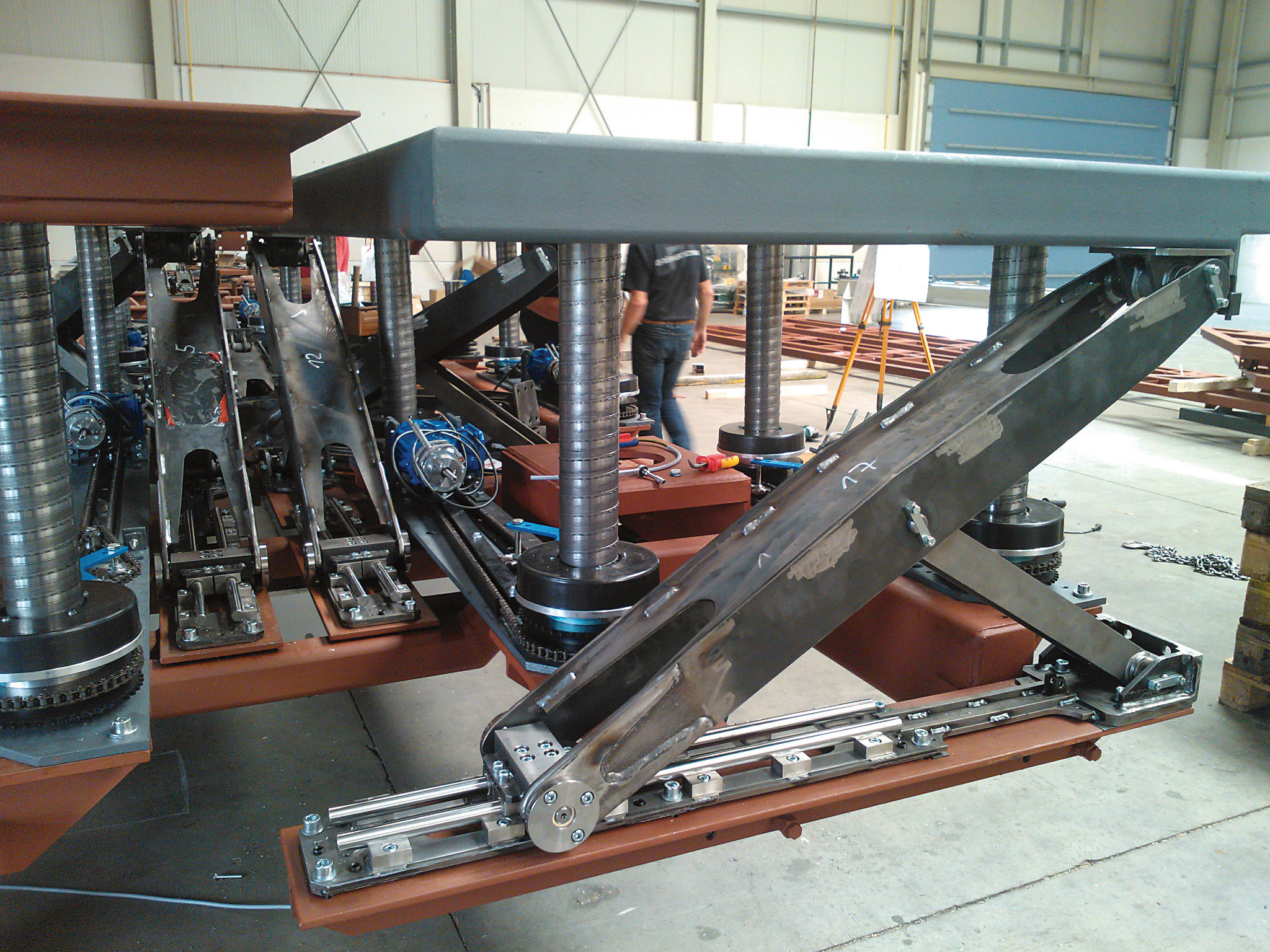.jpg?h=230&crop=yes&keep=s&w=370&quality=80)

Essential stage rigging equipment includes:
1. Trusses: For supporting lights and scenery
2. Hoists: For lifting and lowering equipment
3. Pulleys and blocks: For redirecting lift lines
4. Shackles and turnbuckles: For secure connections
5. Safety cables: For secondary fall protection
6. Control systems: For managing motorized elements
7. Load cells: For monitoring weight distribution
8. Energy chains: For organizing moving cables
To ensure proper load distribution in stage rigging:
1. Calculate total and point loads accurately
2. Use load cells for real-time weight monitoring
3. Implement appropriate spreader bars or bridles
4. Balance loads across multiple support points
5. Adhere to manufacturer's weight limits for all equipment
6. Regularly inspect and maintain all rigging components
7. Employ certified rigging professionals for complex setups
8. Use computer-aided design tools for precise planning
Types of hoists used in stage rigging:
1. Manual chain hoists: For simple, low-cost liftingFactors to consider when choosing a truss system:
1. Load capacity required
2. Span length needed
3. Type of productions (permanent vs. touring)
4. Ease of assembly and disassembly
5. Compatibility with existing equipment
6. Material (aluminum vs. steel)
7. Budget constraints
8. Local regulations and safety standards
Key safety considerations for stage rigging equipment:
1. Regular inspection and maintenance schedules
2. Proper training for all personnel
3. Use of appropriate personal protective equipment (PPE)
4. Adherence to load capacity limits
5. Implementation of redundant safety systems
6. Clear communication protocols during rigging operations
7. Proper documentation and record-keeping
8. Compliance with industry standards and local regulations
Maintaining and inspecting stage rigging equipment:
1. Conduct daily visual inspections before use
2. Perform weekly functional checks on moving parts
3. Schedule monthly detailed inspections of cables and connections
4. Arrange annual comprehensive inspections by certified professionals
5. Replace worn or damaged components immediately
6. Lubricate moving parts according to manufacturer specifications
7. Keep detailed maintenance logs for all equipment
8. Train staff on proper handling and storage procedures
Control systems in modern stage rigging:
1. Enable precise movement and positioning of equipment
2. Allow for programmable cues and sequences
3. Integrate with lighting and sound systems for synchronized effects
4. Provide real-time monitoring of load weights and distribution
5. Offer emergency stop functions for enhanced safety
6. Allow for remote operation and troubleshooting
7. Store and recall multiple show configurations
8. Facilitate more complex and dynamic stage designs
Selecting cables and connectors for stage rigging:
1. Consider the required load capacity and safety factor
2. Choose appropriate materials for the environment (indoor vs. outdoor)
3. Ensure compatibility with existing equipment
4. Select the correct size and type for the application
5. Consider flexibility needs for moving components
6. Choose connectors with secure locking mechanisms
7. Opt for high visibility colors for safety
8. Ensure compliance with relevant safety standards
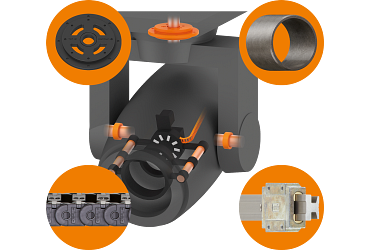
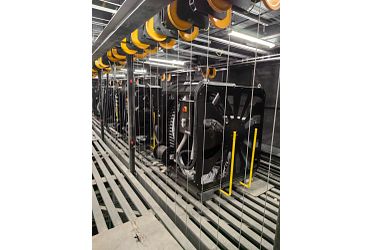
Monday to Friday from 8 am - 5 pm
24h